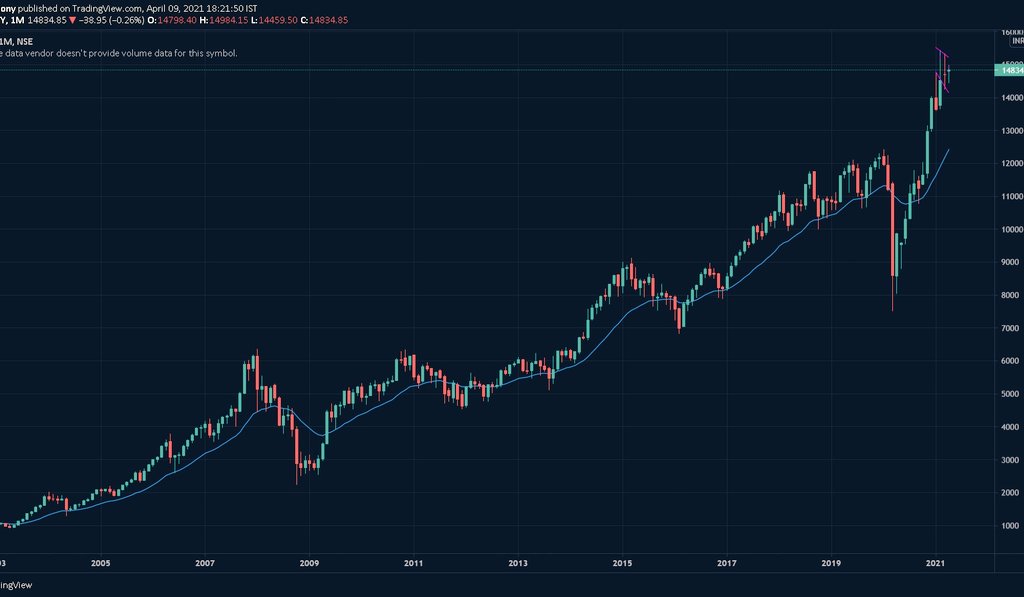
#Web3Learning
Scrolling down the twitter #blockchain community, and suddenly feeling clueless about some technical term?
Well, it happens a lot with me since I am quite noob to Web3 and Crypto Universe.
Here is my effort to explain one such jargon 👉🏽 #Sharding
Scrolling down the twitter #blockchain community, and suddenly feeling clueless about some technical term?
Well, it happens a lot with me since I am quite noob to Web3 and Crypto Universe.
Here is my effort to explain one such jargon 👉🏽 #Sharding
1/n From the time since its inception, scalability has been a big concern for Blockchains.
As blockchains become more mainstream, its essential for networks to be scalable with high throughput for explosive growth.
Low gas fees + Ultra high TPS = Growth 🚀
As blockchains become more mainstream, its essential for networks to be scalable with high throughput for explosive growth.
Low gas fees + Ultra high TPS = Growth 🚀
2/n Initially, vertical scaling was the dominant solution.
Simply explained, add more power to all the nodes so they can compute hash and validate transactions faster.
But there is a maxima to the technological advancement of nodes. This limits the total network throughput 🤒
Simply explained, add more power to all the nodes so they can compute hash and validate transactions faster.
But there is a maxima to the technological advancement of nodes. This limits the total network throughput 🤒
3/n Since, data from whole blockchain resides on each node of the network, this causes significant latency.
To counter this technical limitation, blockchain networks started looking into horizontal scaling solutions.
And here comes #Sharding 🤩
To counter this technical limitation, blockchain networks started looking into horizontal scaling solutions.
And here comes #Sharding 🤩
4/n What is Sharding?
Sharding is actually database partitioning methodology.
Example:-
Separating rows of a table into multiple different tables, known as partitions. Each partition has the same schema and columns, but also entirely different rows with unique data.
Sharding is actually database partitioning methodology.
Example:-
Separating rows of a table into multiple different tables, known as partitions. Each partition has the same schema and columns, but also entirely different rows with unique data.
5/n For blockchain networks, it basically distributes data present on-chain into all the available nodes
New block can be added by processing on a node while remaining nodes continue processing other transactions.
Security + Speed is the key to bring next billion on chain 🤙🏽
New block can be added by processing on a node while remaining nodes continue processing other transactions.
Security + Speed is the key to bring next billion on chain 🤙🏽
6/n Randomly shuffling the data between nodes & shards prevents major ~Shard Overtake Attacks~ too 😮💨💪
Technical know-how of how shards are defined and used is dependent on Blockchains.
Broadly, two types of sharding exists for blockchains: Homogeneous and Heterogeneous
Technical know-how of how shards are defined and used is dependent on Blockchains.
Broadly, two types of sharding exists for blockchains: Homogeneous and Heterogeneous
7/n Homogeneous shards use same runtime and same validation logic across all the shards.
This allows dynamic resharding. A great example is @NEARProtocol. Amirite @ilblackdragon 😉
Altho this feature is still in pipeline, you can take a look here 👇🏽
near.org/blog/near-laun…
This allows dynamic resharding. A great example is @NEARProtocol. Amirite @ilblackdragon 😉
Altho this feature is still in pipeline, you can take a look here 👇🏽
near.org/blog/near-laun…
8/n Heterogeneous sharding on the other hand allows blockchains to feasibly create a shard that fits into specific application requirements.
Each blockchain can be configured completely anew. This is more suited for chains like @Polkadot and @cosmos.
Each blockchain can be configured completely anew. This is more suited for chains like @Polkadot and @cosmos.
9/n Hope this 🧵 has trained your mental neurons so well that next time you see somebody saying ~sharding~, you can absolutely debate without hesitating 👻😃
Hey @pythontony, what if they say zkRollups? Or Tokenomics? Or NFTs & DAOs?
Hey @pythontony, what if they say zkRollups? Or Tokenomics? Or NFTs & DAOs?
10/n Well, you can follow me and I’ll make sure you don’t miss out on these jargons and latest updates 🤙🏽
Retweet to increase awareness about this new tech which >99% people don’t understand 💪🏽🚀
My DMs are open for exciting discussions and new learnings ✨
Retweet to increase awareness about this new tech which >99% people don’t understand 💪🏽🚀
My DMs are open for exciting discussions and new learnings ✨
@threadreaderapp unroll
• • •
Missing some Tweet in this thread? You can try to
force a refresh





